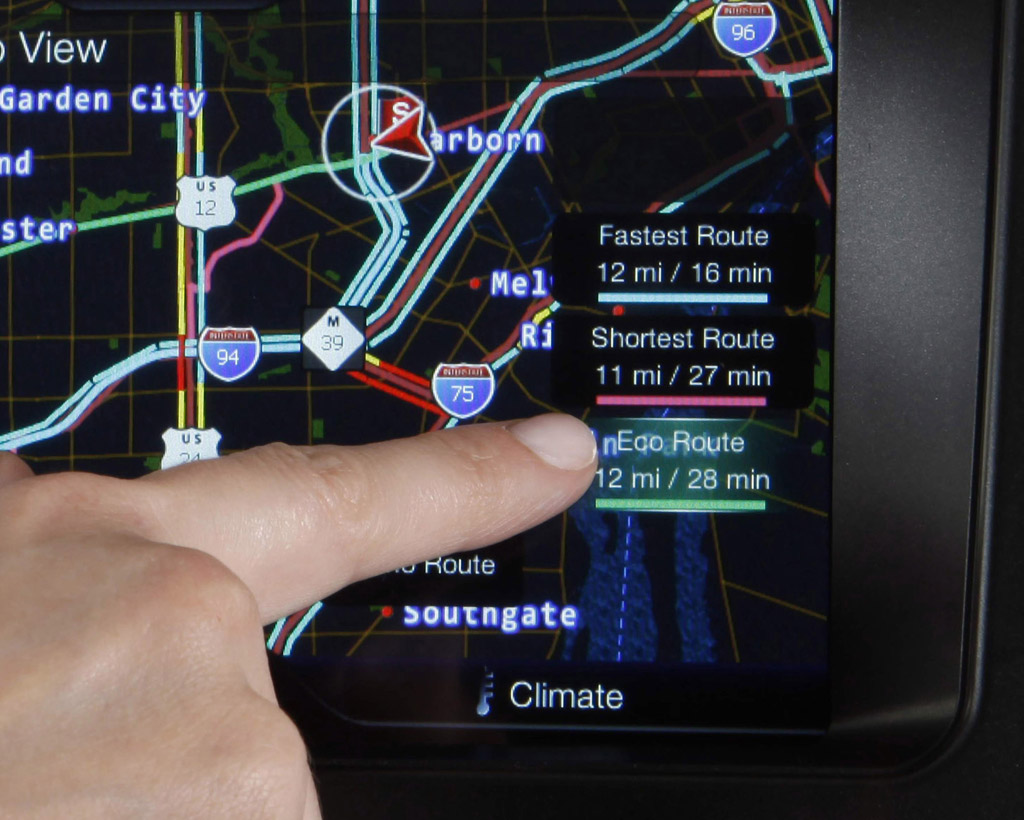If you live in a large city, work in a 9-5 job, and drive to the office, it’s probable that you end up spending at least some of your daily commute stuck in traffic.
Assuming you drive a regular gasoline car--one without stop-start technology or hybrid drivetrain--congested traffic can seriously affect your gas mileage, as well as being a waste of your time.
That’s because most gasoline engines are most efficient when spinning at between 2,000 and 3,000 RPM. In most situations, that means cruising at somewhere between 40 and 50 mph in top gear.
Of course, being stuck in traffic not only makes your car less efficient, but increases the risk of overheating in hot weather, increases air pollution, and--let’s face it--your risk of getting angry.
Help is at hand, however, courtesy of these handy tips designed to keep your commute easy--and your gas mileage high.
Change your working hours
Once upon a time, every office across the U.S. held strictly to a clearly defined 8-or 9-hour workday.
These days however, more companies than ever before offer flexible work hours, allowing staff to arrive in the office as early as 7am, and work until 8pm or even later at night.
By changing your working hours--and thus your commuting time, you’ll be using the roads when they are less busy.
photo credit: amchu
Quieter roads reduces the risk of traffic chaos, and also allows you to drive at the speed that gives you the maximum efficiency for your car.
Allow for extra time
If you dash out of the door with just minutes to spare on your commute, you probably have to drive at--or over--the posted speed limits to get to work on time.
By giving yourself a few extra minutes every day--15 minutes is ideal-- you not only give yourself a buffer should you hit traffic en-route, but you can drive a little slower on your way to work, improving gas mileage and reducing stress.
Buy a new GPS unit
While you may not need a GPS system any more to find your way to work and back, a modern GPS navigation system can really pay for itself thanks to the time and fuel it can save you on your daily commute.
Nearly every GPS on the market today allows you to pick a route based on the time of day, while others use real-time traffic information to stop you hitting jams.
It’s worth noting too that some companies have even started work on developing GPS systems which offer the ability to plan a route based on efficiency as well as time and distance.
Ford has gone one step further, integrating eco-route planning as standard on many of its cars as part of the My Ford Touch system.
Find a few good alternative routes
Ford MyTouch with Eco-Route
If you know the area particularly well, and don’t fancy the idea of trusting a GPS unit with your daily commute, sometimes a little old-fashioned planning can help improve your gas mileage.
Try to familiarize yourself with the local roads on or near your daily commute.
Be sure to note which roads link up, which roads get congested, and which roads have traffic restrictions which might slow your commute.
Then spend a few hours planning a few alternative routes that you can take should your (usually) simple daily commute gets snarled up.
Bear in mind that sometimes, an alternative route may work out to be much further, but much quicker.
How does going further help your gas mileage?
By having a couple of alternative routes to work that you’re familiar with, you’ll reduce your stress, improving your driving style and therefore increasing your gas mileage.
And if your car spends more time on your commute in its most efficient power zone, then the result is a better overall efficiency.
Your tips?
Have you figured out a way of improving your gas mileage on the daily commute?
Do you use a route no-one else does? Or do you drive early in the morning, when the roads are quiet?
Leave your thoughts in the Comments below.
+++++++++++













